Day of the Dead Bread history - (Pan de Muerto)
October 09, 2023
The bread of the dead or as we say in Mexico: Pan de Muerto
Every autumn, the bread of the dead comes into our lives to make it sweet and remind us of our loved ones. We buy it for our offerings and even prepare it, but where does it come from?
Let us tell you all the pre-Hispanic gossip about the origin of our beloved bread of the dead.
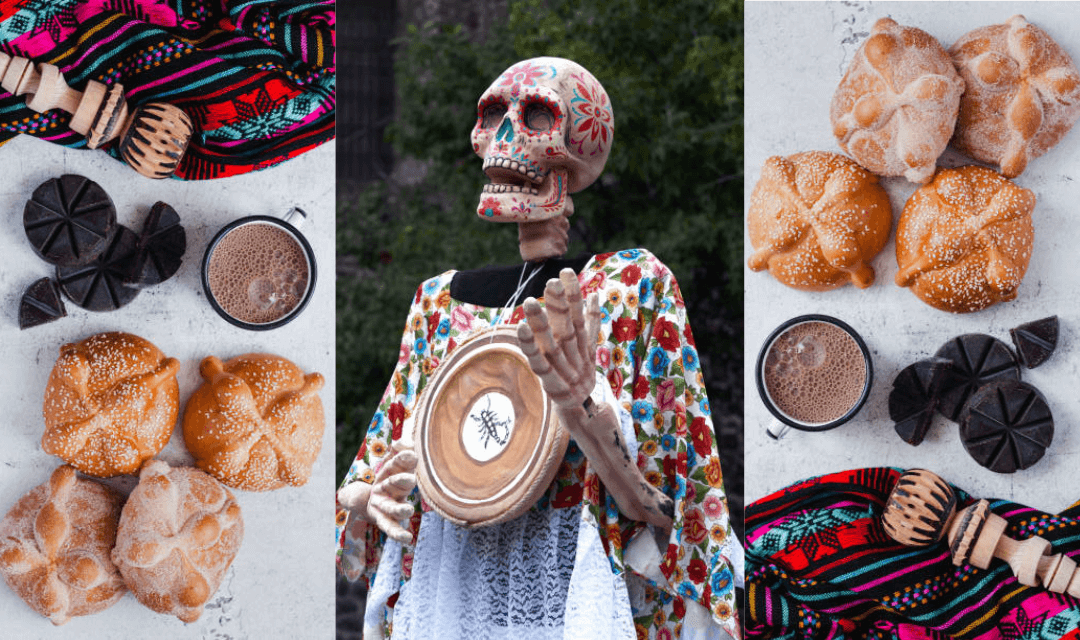
The Day of the Dead in Mexico is based on the belief that the deceased we once loved return to the world of the living, following the light of the candles that their family and friends offer them to guide their path. When we think about this celebration, it is inevitable to associate it with elements such as offerings, cempasuchil flowers, and a delicious culinary tradition: the bread of the dead.
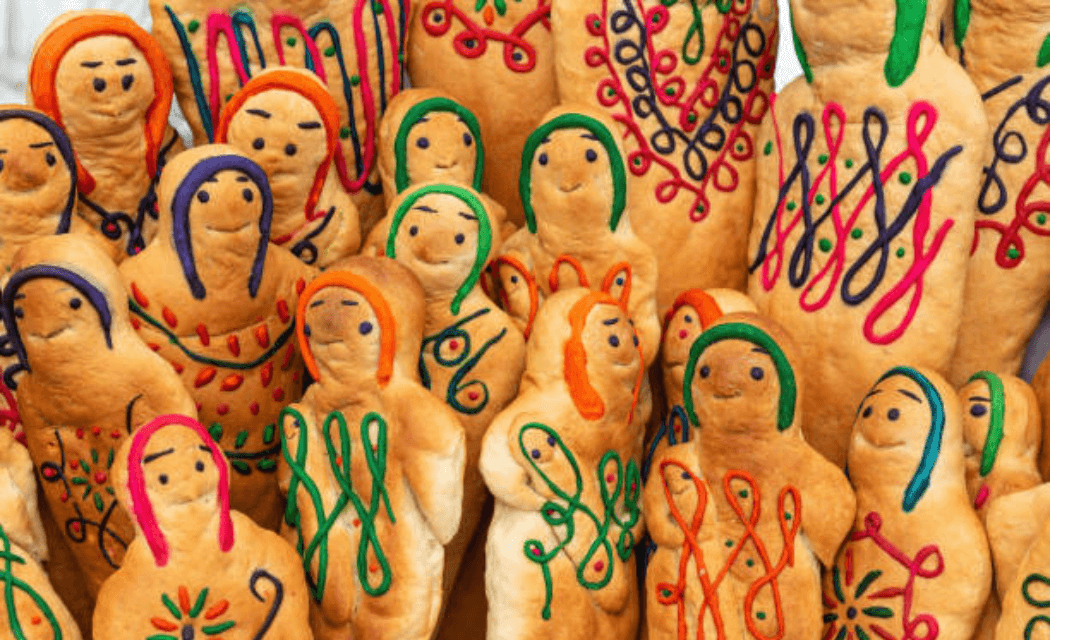
The origin of the bread of the dead
In pre-Hispanic times, “papalotlaxcalli” was made, which in Nahuatl means “butterfly bread”. It was exclusive to these ceremonies and resembled a tortilla shaped as a butterfly by a stamp. The papalotlaxcalli was considered an offering intended for the goddess Cihuapipiltin, protector of women who lost their lives during childbirth. Both in ancestral and modern times, the bread of the dead is prepared in a shape that looks like bones, as registered in the chronicles of the friars Diego de Durán and Bernardino de Sahagún.
During the celebration, a “representation in the form of God” was created, which was decorated and dressed with ornaments. In addition, replicas of large bones were made and placed at the feet of the idol. After the festivity ended, these objects were distributed and consumed as part of the tradition. The last is part of us to this day: setting up an altar, placing offerings for the deceased, celebrating the Day of the Dead, and sharing food.
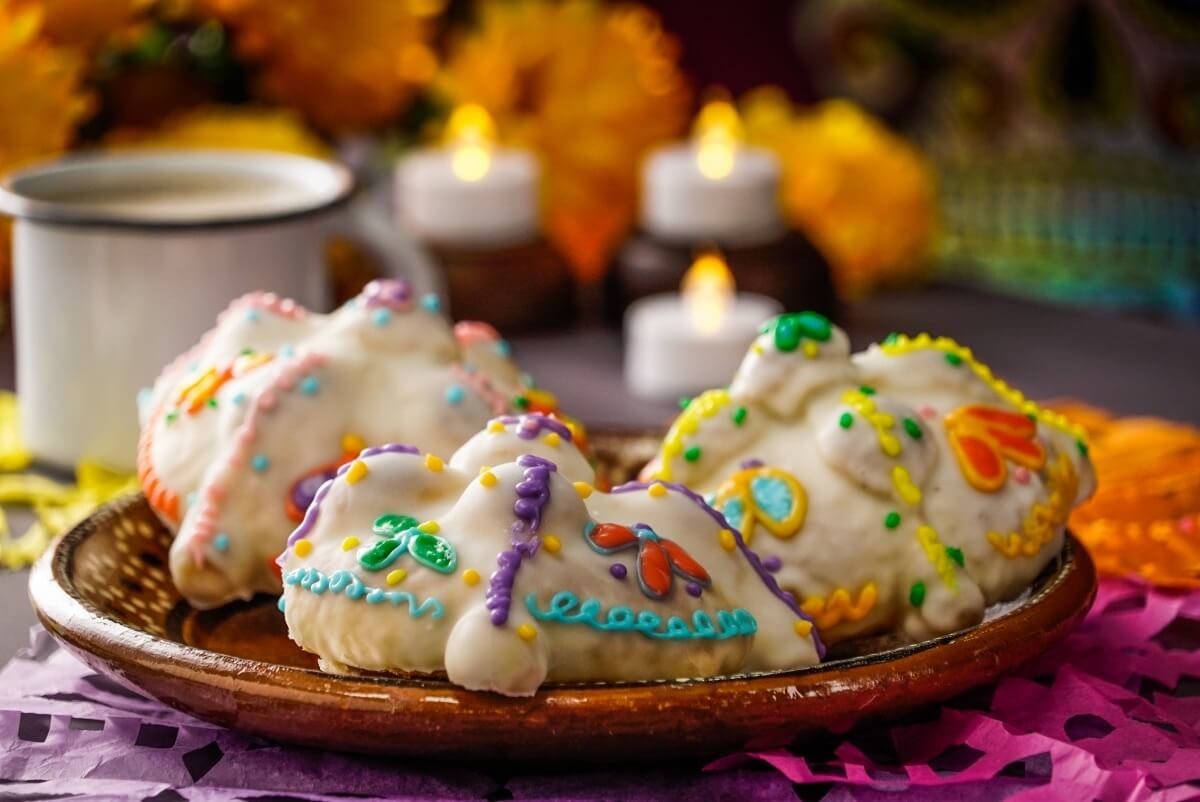
The bread of the dead how we know it today
The most recognized recipe for the bread of the dead in Mexico City and its surroundings originated in the second half of the 20th century, when it appeared in the cookbook “Repostería Selecta” by Josefina Velázquez de León. This bread is a round-shaped sponge cake decorated with two crossed “bones” and a “skull” in the center, often sprinkled generously with sugar.
However, in other regions of Mexico, the bread of the dead can take various shapes such as a circle, a triangle, a cross, a human div, braids that symbolize bones, or even representations of animals such as rabbits or sheep, among others. This diversity reflects the richness of traditions and styles that exist throughout the country in relation to this holiday.
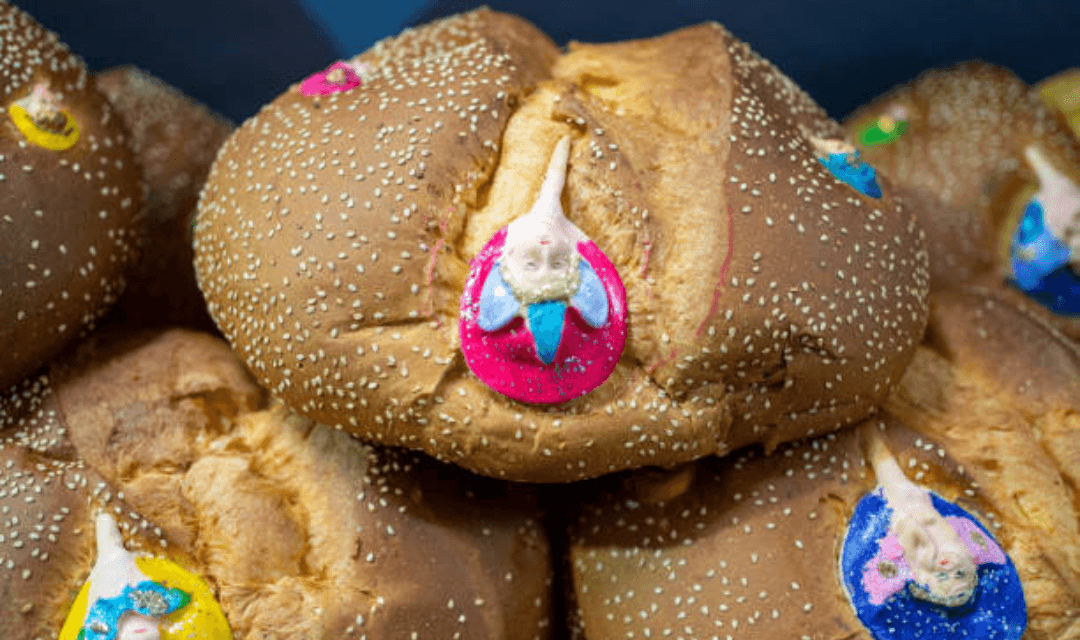
It is important to note that the shape and flavor of the bread of the dead that we generally know, with its distinctive taste of sugar, butter, and orange, are originally from the center of Mexico. However, in other regions, the representation of death in food takes various forms and flavors, reflecting different local worldviews and beliefs. In addition, in other countries around the world, there are also breads or similar products related to their own visions of life and death, which highlights the cultural diversity around this theme.
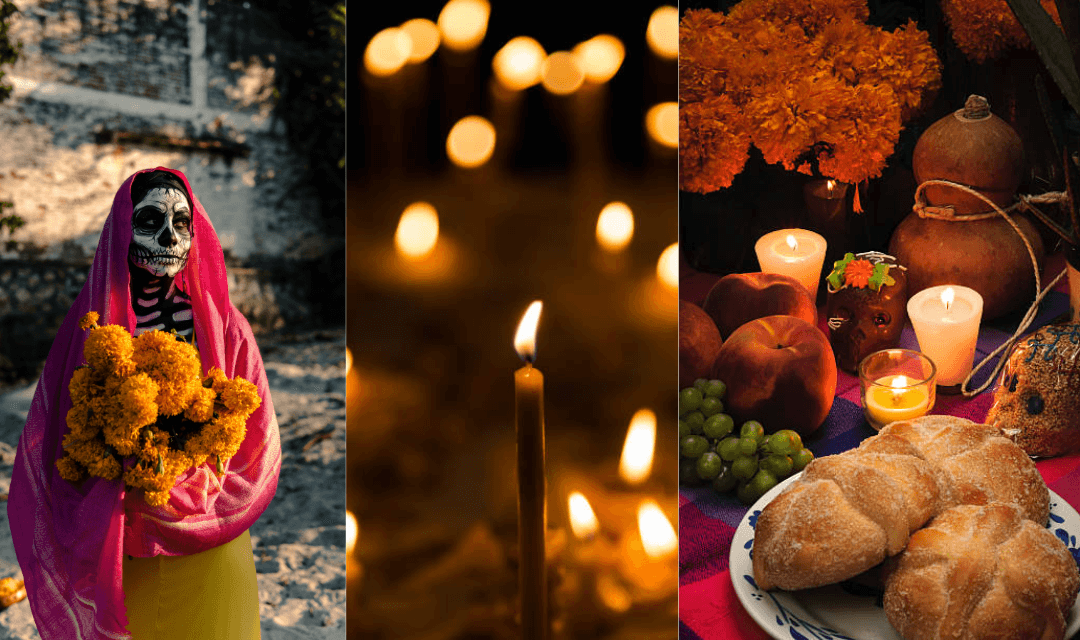
An interesting example is the tradition of the Chinantecs in Oaxaca, who make bread in the shape of a mermaid. This bread is offered to the guardians of the water, since they are believed to ensure successful fishing. It shows how different regions and communities in Mexico have their own variations and meanings for the bread of the dead, adapting the shape and elements according to their local beliefs and traditions.
Now that you know where the bread of the dead comes from, do not limit yourself and honor your ancestors by enjoying it on November 1st and 2nd.

Apasionada por la música e impulsiva por naturaleza, amo romatizar mi vida y estar con mis amigos
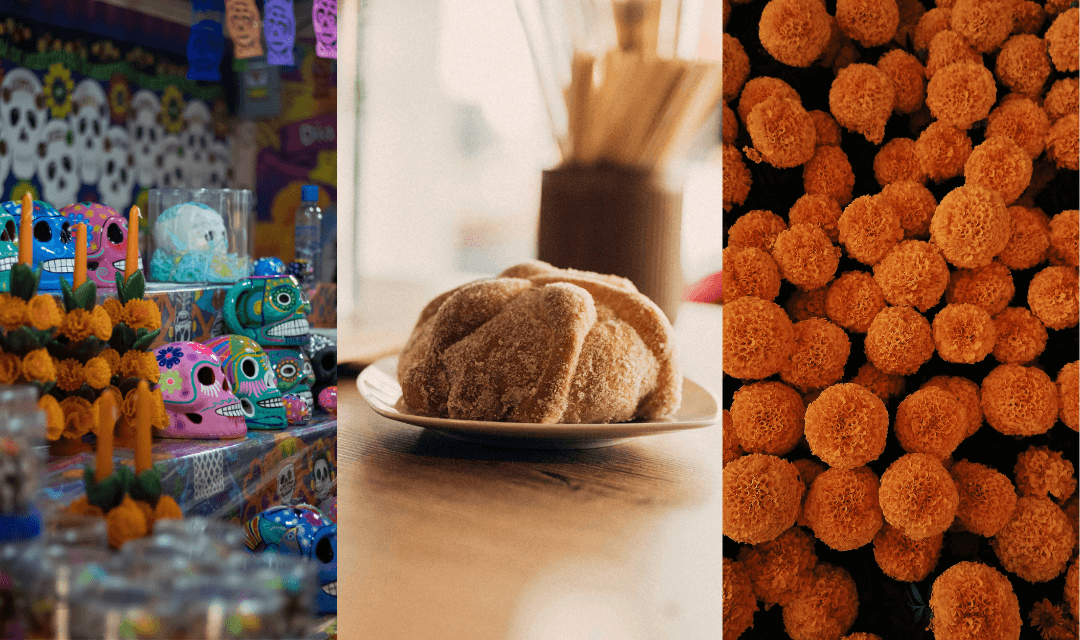
Posts Relacionados
Grupo Xcaret
Hotels






